Humans normally put “things” into categories. For instance, if we ask someone to classify the words bed, knife, plate and pillow, people will normally sort these words into two categories: bedroom and kitchen. They will say that bed and pillow belongs to the category bedroom, while they will sort knife and plate into the category kitchen. When talking about wines the process is not different.
Forming conceptual categories helps us to make sense of a complex and every changing learning process. Many forms of classifications have emerged to categorise wines in order to understand them. In this sense, we tend to categorise wines by their colour (it is red, white, rosé?). Sometimes by the region the wines come from: “I know it is a white wine, I see that, but is this an English or a German wine?”. The most experienced will use the name of the grapes, the sensory characteristics and so forth!
One categorisation of wine which has been a great success,
due to its simplicity, is based on the geography of the wine making regions. Hugh Johnson and Jancis Robinson in their “The World Atlas of Wine” divided wine producing countries into either “New World” and “Old World”. According to this classification, Old World wine producing countries are from Europe, for example, France, Cyprus, Greece, Italy, Romania, Hungary, Switzerland, Germany. New World includes former British, Portuguese and Spanish colonies such as New Zealand, South Africa, Brazil, Australia, Argentina, Canada, and so forth. “Old World” historically gave prominence to the origin of the grapes. i.e., “the appellation”. Appellations are a legally defined and protected geographical indication of wine style produced in an area. Whereas the “New World” generally labels by grape variety. This is just an example of the extrinsic differences (i.e.,
the bottle labelling can influence a consumer’s perception the wine before tasting it. Intrinsically, wines can differ in style, “Old World” being lighter, restrained and lower in alcohol. “New World” wines tend to be fuller, higher alcohol and fruitier. Though this is not always the case – this is what the world of wine sodelightful to discover…
Its our mission to unlock these mysterious secrets behind these wines from the Old and the New world wine for you! Thus, we would like to invite you click on a country to find out more or join our mailing list to become part of our wine revolution!
England
Winemaking is believed to have been introduced to England by the Romans. However, it was around 1066 when the Normans arrived in England that viticulture saw a big expansion. The Domesday book of 1086 mentions that approximately 46 vineyards existed in England during this time. Wine production continued throughout the Middle ages to the 15th and 16th centuries, and by the time Henry VIII was crowned in 1509 there were roughly 139 vineyards in England and Wales. Although the quality of the wine made is unknown!
France
France is one of the largest wine producer countries and is internationally famous for its high quality, fine and elegant stylish wines, such as the Champagne. From France we have the origin of the notion of Terroir , the particular environment where the grapes are grown which give a wine a special character. France is also the source of many wine grape varieties such as Chardonnay, Pinot Noir, Cabernet Sauvignon, Malbec, amongst
many more. But French wine hide many secrets, which we will be delighted to help you discover.
Italy
Italy is the world's largest producer of wine, with an area
of 702,000 hectares under vineyard. Wine produced in every region of Italy. Italy an historic winemaking region, even before the Romans planted their own vineyards, Etruscans and Greek settlers produced wine in Italy. The Romans were responsible for increase Italy's area under vine using efficient viticultural and winemaking methods, and pioneered large-scale production and storage techniques such as barrel-making and bottling.
Romania
Romania is a Latin country,
surrounded by Slavic neighbours in Eastern Europe. It is one of the largest wine producers from Old World wine and mostly cultivates white grape varieties. Romania has also one of the oldest wine-making traditions in the world and its viticulture dates back more than 6,000 years. Despite all this, it is one of the most underrated wine regions in the world and we will be happy to help to change this, and to discover the diversity of indigenous and international
grape varieties.
Switzerland
Despite Switzerland produces high-quality stylish wines, the
wine from this Alpine country is a real hidden gem. Everyone knows Switzerland for its beautiful Alps, the ski, the watches,. but only a few know Switzerland for its wines. That is not a surprise; almost all Swiss wine remains in the country and is not exported. It will be a pleasure to help you to discover the breath-taking scenery of the Swiss wine regions, such as those surrounding the Lac Leman next
to Lausanne or near Ticino and the German part of Switzerland.



